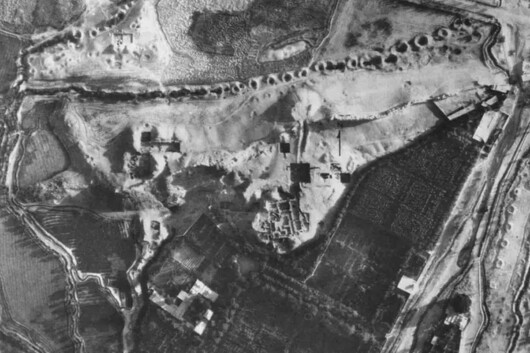AI Used to Detect Ancient Aqueducts

Spanish archaeologists have used AI to locate ancient underground irrigation systems, known as qanats, in desert regions around the world.
The AI was trained to analyze Cold War-era satellite photos and detect signs of underground aqueducts that transported water from mountains to dry plains. Unlike Roman aqueducts, qanats were dug below ground, protected from the desert sun by vertical shafts for airflow and maintenance. Qanats, which date back 3,000 years, are hard to spot unless standing near their access points. Despite this, the AI correctly identified qanats in 88% of cases, analyzing images from spy satellites like HEXAGON, which surveyed the Middle East and North Africa between 1959 and 1986.
Hector Orengo from the Catalan Institute of Classical Archaeology led the study, highlighting how these systems allowed survival in previously uninhabitable areas. The AI will now continue to search for undiscovered qanats in these regions, offering a faster, safer alternative to human surveyors.